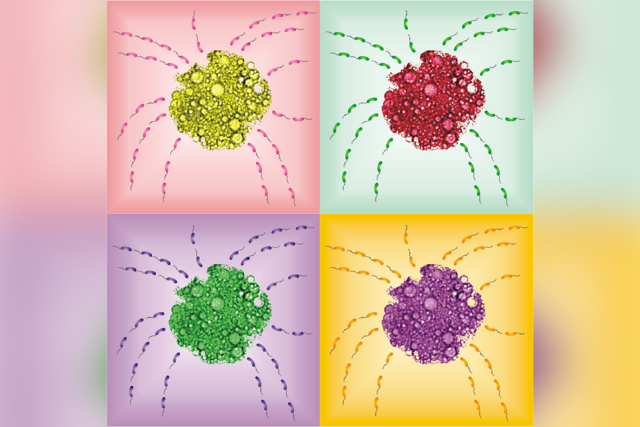Marine Bacteria: The Hidden Architects of Ocean Life

In the vast expanse of our oceans, tiny players are reshaping the stage. These players are not whales or dolphins, but microscopic marine bacteria—unseen architects orchestrating changes in the ocean’s nutrient flows and carbon cycles. A study led by Dr. Hermann J. Eberl and collaborators, Drs. George E. Kapellos and Patrick S. Doyle (MIT), reveals a surprising twist: these bacteria, clustering around sinking particles, are altering their underwater worlds in ways we are only beginning to understand.
A Novel Look at Marine Microbes
What sets this study apart is its innovative approach to understanding how bacteria interact with nutrient-releasing particles. While previous research focused on fast-moving particles, this work uniquely explores slow-sinking particles, which generate long-lasting nutrient plumes. The researchers developed a hybrid model that combines physics-based nutrient transport simulations with real-world bacterial clustering data. They uncovered how bacterial behavior reshapes nutrient plumes, providing fresh insights into their role in nutrient cycling and carbon storage.
Clustering and Its Impacts

Imagine a particle drifting slowly in the ocean, leaking nutrients into the water and forming a "plume"—a nutrient-rich trail teeming with potential. Marine bacteria, smaller than a grain of sand, swarm these plumes using chemotaxis, the ability to detect and swim toward chemical signals.
When bacteria cluster densely around these particles, they transform the plumes. Instead of allowing nutrients to disperse freely, the bacteria consume them rapidly, reshaping the plume’s size and composition. The study found this effect most pronounced around large, slow-moving particles, which provide bacteria with extended opportunities to feed.
“Copiotrophs—bacteria that thrive in nutrient-rich environments—are like sprinters,” says Eberl.
“Their ability to cluster tightly and reshape nutrient plumes gives them a distinct advantage in these ecosystems.
This clustering behavior, while microscopic, has far-reaching implications for marine food webs and carbon cycling,” he says.
Implications for Ecosystems and Climate
By altering nutrient plumes, bacteria influence how much carbon gets transported to the deep ocean, a critical process in regulating Earth's climate. The study shows that bacterial clustering amplifies nutrient uptake and affects microbial competition, potentially reshaping marine ecosystems.
“We are uncovering how even the smallest players can have an outsized impact on the planet. Understanding these processes is key to protecting our oceans and combating climate change,” says Eberl.
Why It Matters
Marine bacteria are vital to maintaining the ocean’s delicate balance. Assessment of their role in carbon sequestration—trapping carbon dioxide and storing it in deep ocean layers— is key in mitigating climate change. In light of this study, the thriving of copiotroph bacteria may sabotage the ocean’s capacity to support life and regulate the climate.
Funding Acknowledgement: This work was supported by Roman Stocker (ETH Zürich) for insightful discussions at the beginning of this project and to the Fields Institute for overall support through the Thematic Program on Emerging Challenges in Mathematical Biology.
This story was written by Mojtaba Safdari as part of the Science Communicators: Research @ CEPS initiative. Mojtaba is a PhD candidate in the School of Engineering under Dr. Amir A. Ali-abadi.
Kapellos GE, Eberl HJ, Kalogerakis N, Doyle PS, Paraskeva CA (2024) Bacterial clustering amplifies the reshaping of eutrophic plumes around marine particles: A hybrid data-driven model. PLOS Computational Biology 20(12): e1012660. https://doi.org/10.1371/journal.pcbi.1012660